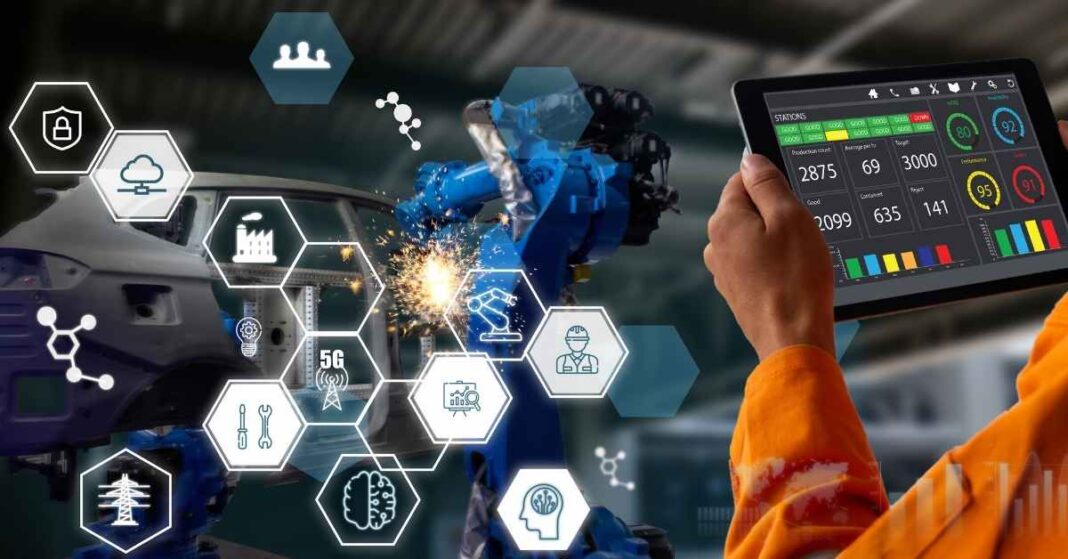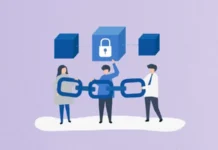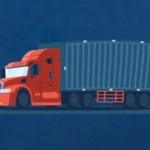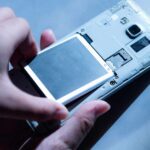It is estimated that 50% of industrial companies already use digital twin technologies to improve the effectiveness of their processes, but what exactly do these technologies consist of, and what are their main applications? As we will see below, it is a digital representation of physical objects (procedures or services) with many benefits for industrial companies.
If all this about digital twins sounds like science fiction, in this article, we explain what digital twins are and how they work. Their main advantages to companies are innovation and improvement in their production processes.
LET’S START WITH THE BASICS: WHAT ARE DIGITAL TWINS?
For those who appreciate an excellent definition above all else, a digital twin is the virtual representation of an object or system that, by updating the data with real-time information, simulation and machine learning, facilitates decision-making about said object or system. System.
For example, suppose we are a car manufacturer, we have a new model in production, and we want to make the vehicle as efficient as possible. Once a digital twin (the virtual version of the car) has been created, and the necessary connections have been made through sensors -along with other sources of the information-the manufacturer will be able to obtain data on the car’s performance as it would behave in a natural environment.
Innovative, right? Digital twin simulation and analysis technologies are already used in many industries with excellent results.
WHAT IS THE MAIN USE OF DIGITAL TWINS?
In reality, the uses of digital twins are very diverse. And the return they offer to companies represents enormous value since having such quality information at a digital level allows them to learn faster and improve their processes in a significant way.
For example, the use of digital twins by engineers and manufacturers can represent a huge step forward as they can easily:
- Virtually view the products in use in real-time.
- Connect the different systems involved.
- Improve processes using predictive analytics.
- Solve complex problems and propose optimal solutions.
- To understand it better, nothing like using specific examples of digital twins’ applications.
Create Virtual Scenarios with a Digital Twin
This would be the case of a BMW engineer testing a car’s brake system. Through a digital twin of the vehicle, he could simulate to understand how the braking system would behave in different real-world scenarios. The advantage is evident in this case: the testing process is faster and cheaper than doing the same with actual vehicles.
Find potential bugs. Since digital twins allow companies to have a clear view of the performance of their products, they can identify possible failures in time to fix them.
Also Read: What Types of Losses in the Business
If this did not already have an enormous value by itself, think for a moment about the positive effects of these constant improvement processes in companies that apply this type of technology in their production processes: more satisfied customers, products with higher competitive advantages and higher overall quality.
AN EXAMPLE OF A DIGITAL TWIN:
As an example of success in implementing digital twin technologies, a case to be highlighted is that of the Port of Rotterdam. From this critical commercial port, maritime traffic is coordinated with more than a thousand ports worldwide, so managing entries and exits is challenging.
How to Use Digital Twin Technologies?
Again, the best way to understand it is to present it with an example. A ship must unload part of its cargo in the deepest part of the port to go lighter and be able to continue sailing. With a digital twin of the port itself, the management team can calculate precisely how much cargo needs to be unloaded at that first point, making it easy to move on to the next unloading point.
But there are other advantages of using digital twins in the port. Real-time access to information allows you to predict visibility and water conditions, reduce fuel consumption, and ensure the safe arrival of loads at their destination.
These are the reasons many resorts to digital twin technologies. Now we can only imagine the next new leap on our way to a fully digital future. Any ideas?
Also Read: How can Businesses Improve Consumers














